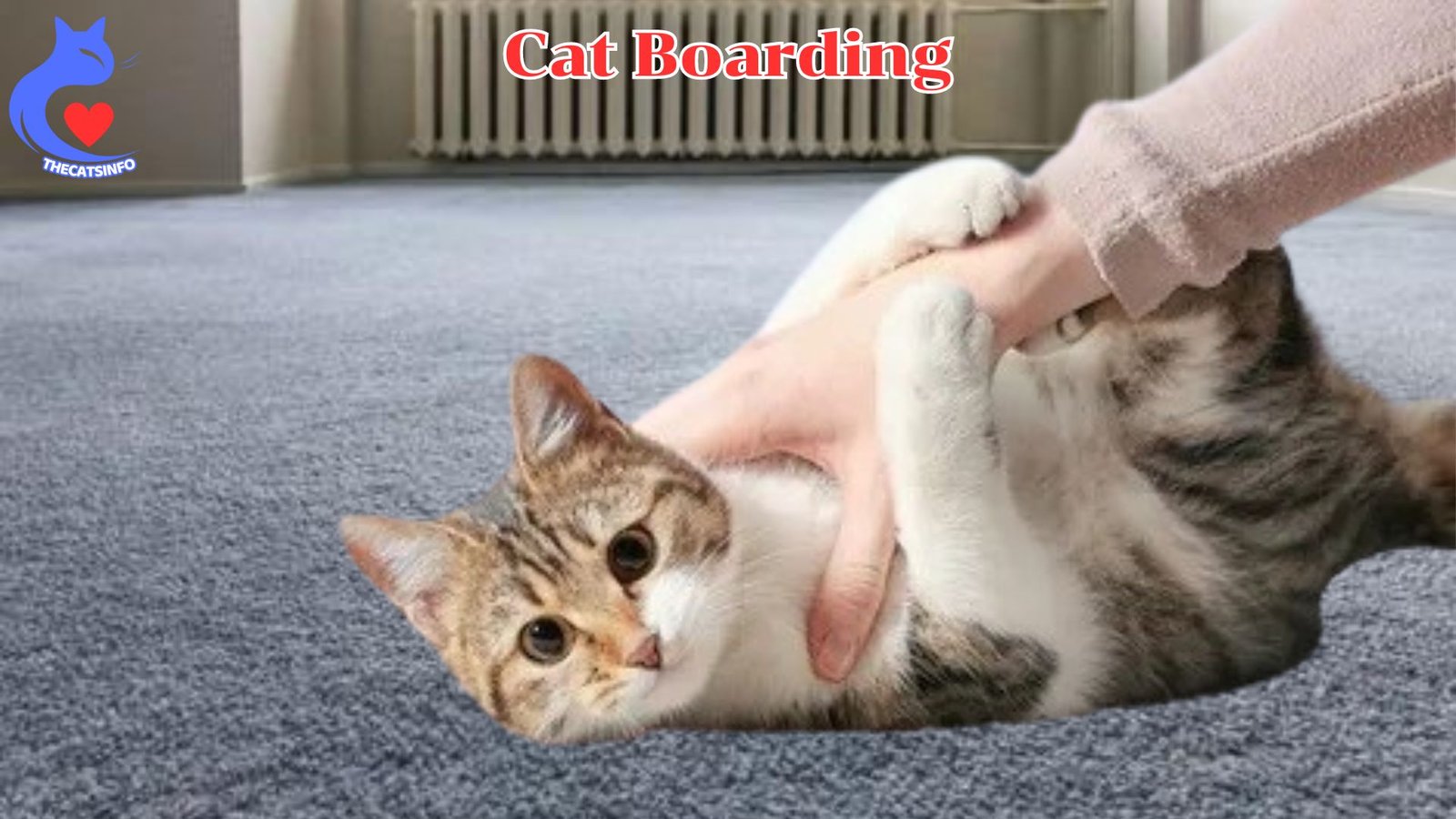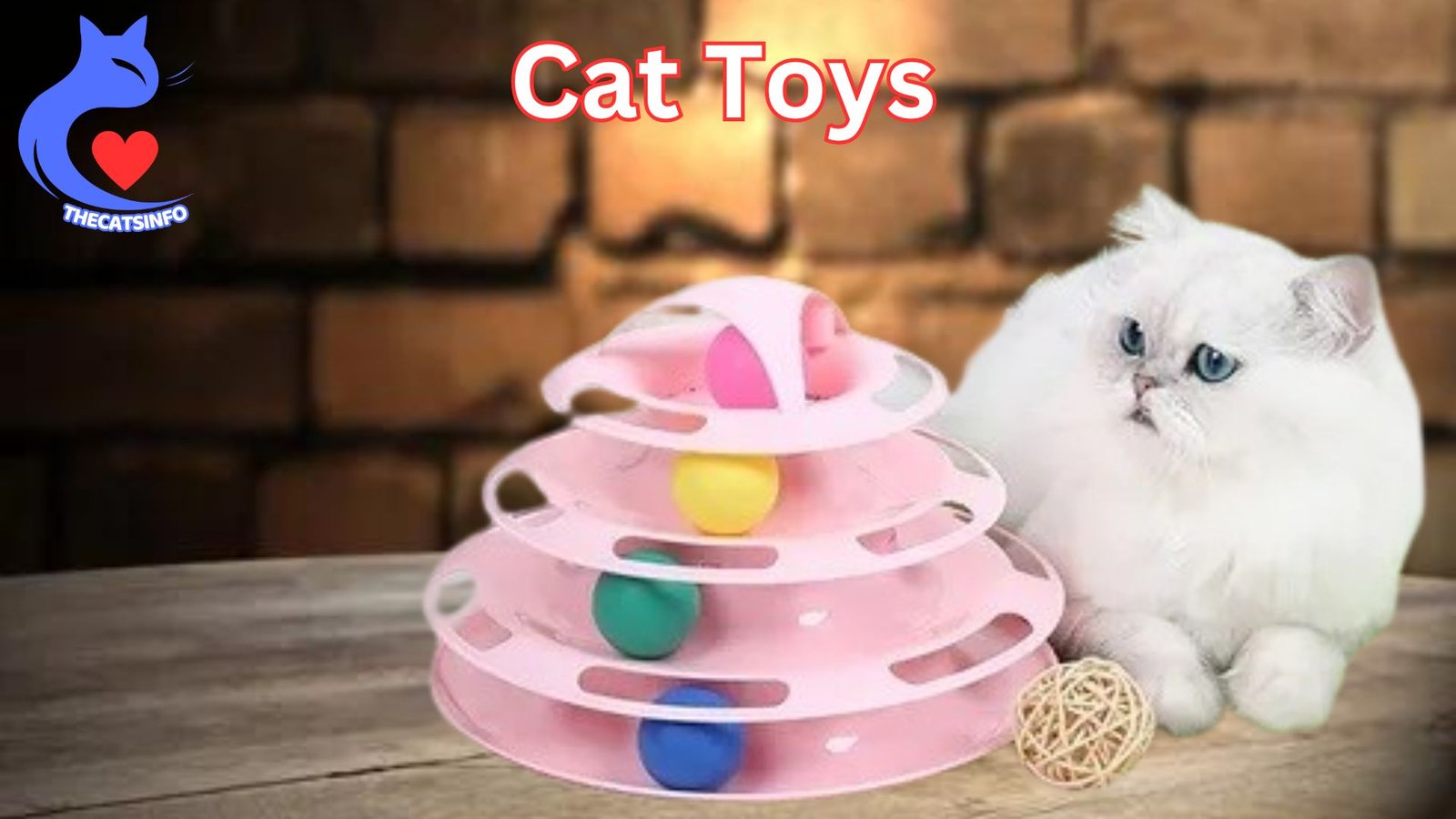Cat teeth: are a crucial aspect of your feline friend’s overall health and well-being. From chewing to grooming, their teeth play a vital role in their daily activities. In this comprehensive guide, we’ll explore the anatomy of cat teeth, the importance of dental health, signs of dental problems, dental care tips, common dental issues, and treatment options to keep your cat’s pearly whites in top condition.
Anatomy of Cat Teeth
Types of Teeth
Therefore, Like humans, cats have different types of teeth, including incisors, canines, premolars, and molars. Each type of tooth serves a specific function in biting, tearing, and chewing Cat food.
Dental Structure
Therefore, Cat teeth are anchored in the jawbone and surrounded by gums, which provide support and protection. The enamel, dentin, and pulp make up the internal structure of the tooth, with enamel being the hardest substance in the body.
Importance of Dental Health in Cats
Preventing Dental Issues
Maintaining good dental hygiene is essential for preventing dental issues such as tartar buildup, gum disease, and tooth decay. Regular dental care can help keep your cat’s teeth and gums healthy and prevent painful dental problems.
Impact on Overall Health
Poor dental health can have far-reaching consequences beyond the mouth, affecting your cat’s overall health and well-being. Untreated dental issues can lead to systemic infections, heart disease, and other serious health problems if left unchecked.
Signs of Dental Problems in Cats
Bad Breath
Persistent bad breath, also known as halitosis, can indicate underlying dental issues such as gingivitis or periodontal disease. If your cat’s breath smells foul even after regular brushing, it may be time for a dental check-up.
Tooth Discoloration
Equally important, Discolored or stained teeth can be a sign of dental decay or enamel erosion. Dark brown or yellow stains on the teeth may indicate the presence of tartar or plaque buildup, which can lead to more serious dental problems if not addressed promptly.
Difficulty Eating
Changes in your cat’s eating habits, such as reluctance to chew or avoid hard Best Cat food, may signal dental pain or discomfort. If your cat is experiencing difficulty eating or showing signs of oral discomfort, consult with your veterinarian for evaluation and treatment.
Dental Care Tips for Cats
Brushing Your Cat’s Teeth
Regular brushing is the most effective way to maintain your cat’s dental health and prevent dental issues. Use a soft-bristled toothbrush and pet-safe toothpaste to gently brush your cat’s teeth several times a week, gradually increasing the frequency as they become more accustomed to the process.
Providing Dental Treats and Toys
Dental treats and cat toy designed to promote oral health can help supplement your cat’s dental care routine. Look for products that are specifically formulated to reduce plaque and tartar buildup and provide additional chewing and gum massage benefits.
Regular Veterinary Check-ups
In Addition, Schedule regular dental check-ups with your veterinarian to monitor your cat’s dental health and address any emerging issues promptly. Professional dental cleanings may be recommended to remove tartar and plaque buildup and prevent more serious dental problems.
Common Dental Problems in Cats
Periodontal Disease
Firstly, Periodontal disease is one of the most common dental issues in cats, characterized by inflammation and infection of the gums and supporting structures of the teeth. Left untreated, periodontal disease can lead to tooth loss and systemic health problems.
Tooth Resorption
Secondly, Tooth resorption, also known as feline odontoclastic resorptive lesions (FORLs), is a painful condition where the tooth’s structure is gradually broken down and absorbed by the body. Treatment typically involves extraction of the affected teeth to alleviate pain and prevent further damage.
Gingivitis
Therefore, Gingivitis is inflammation of the gums caused by plaque and tartar buildup along the gumline. If left untreated, gingivitis can progress to periodontal disease and lead to tooth loss and other complications. Finally, Regular dental care and professional cleanings are essential for managing gingivitis.
Treatment Options for Dental Issues
Professional Dental Cleaning
Professional dental cleanings performed by a veterinarian are necessary to remove tartar and plaque buildup and assess the overall dental health of your cat. Under anesthesia, the Cat Teeth are thoroughly cleaned and polished to remove debris and bacteria.
Tooth Extraction
In cases of advanced dental disease or severe tooth resorption, tooth extraction may be necessary to alleviate pain and prevent further complications. Your veterinarian will recommend extraction if a tooth is too damage or diseased to be save.
Antibiotics and Pain Management
Lastly, Antibiotics and pain management medications may be prescribed to alleviate pain and inflammation associated with dental issues and prevent secondary infections. Follow your veterinarian’s recommendations for administering medications and monitoring your cat’s recovery.
FAQs
How often should I brush my cat’s teeth?
Aim to brush your cat’s teeth several times a week to remove plaque and tartar buildup and prevent dental issues. Gradually increase the frequency as your cat becomes more comfortable with the process.
Are there any special toothbrushes or toothpaste for cats?
Yes, pet-specific toothbrushes with soft bristles and pet-safe toothpaste formulated for cats are available at pet stores and veterinary clinics. Avoid using human toothpaste, as it may contain ingredients that are harmful to cats.
What should I do if my cat refuses to let me brush their teeth?
If your cat is resistant to tooth brushing, start slowly by introducing them to the toothbrush and toothpaste gradually. Use positive reinforcement and reward-based training techniques to make the experience more enjoyable for your cat.
Can dental treats and toys replace brushing my cat’s teeth?
While dental treats and toys can help supplement your cat’s dental care routine, they are not a substitute for regular tooth brushing. Brushing your cat’s teeth is the most effective way to remove plaque and tartar buildup and prevent dental issues.
At what age should I start brushing my cat’s teeth?
It’s best to start introducing tooth brushing to your cat at a young age, ideally during kittenhood, to acclimate them to the process early and make it a routine part of their grooming regimen.
Conclusion
Maintaining your cat’s dental health is essential for their overall well-being and quality of life. By understanding the importance of dental care, recognizing signs of dental problems, implementing proper dental care techniques, and seeking prompt veterinary treatment when needed, you can ensure that your cat enjoys a lifetime of healthy teeth and gums.




